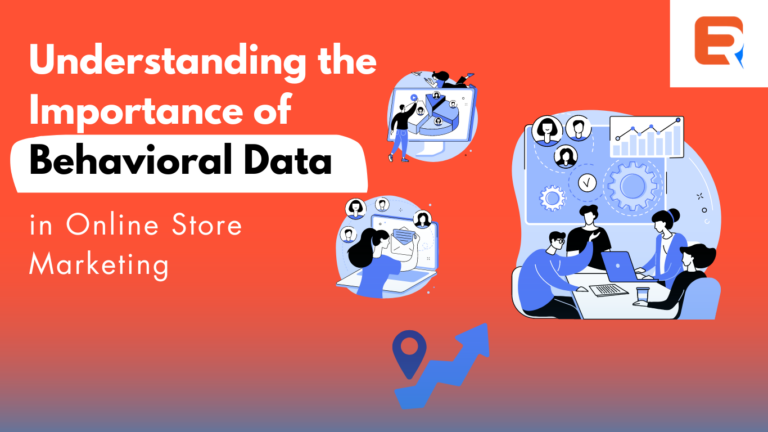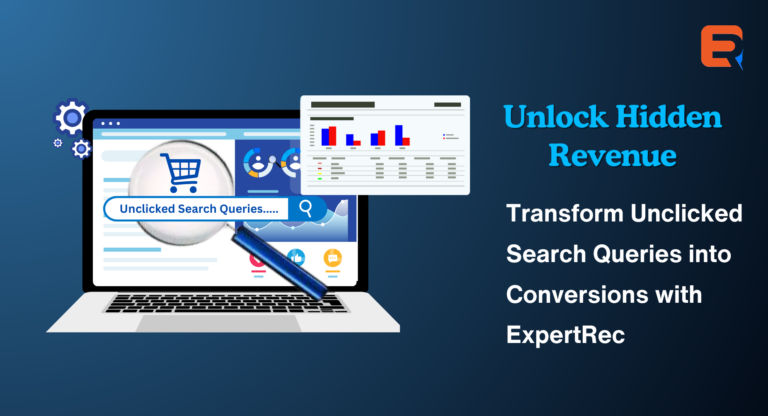According to a recent study, businesses that use consumer behavioural data outperform their competitors by a startling 85% in sales growth and more than 25% in growth margins.
Many multinational firms have found that personalization based on behavioural data in marketing can boost revenue. A sea of personalized product recommendations are cleverly offered to consumers by Amazon based on their past purchases, search history, cart value, average order value, and several other factors.
Businesses can use various marketing strategies to entice clients to purchase in the business realm. Behavioural marketing is an effective technique for acquiring data to segment and target customers.
Additionally, behavioural marketing helps shield customers from irrelevant or unwelcome advertisements. To determine the unique demands of their clients, firms use this sort of marketing to concentrate on individual engagement patterns.
Learn everything about behavioural marketing in this article, including its advantages and real-world applications by firms.
Behavioural Marketing: What is it?
Behavioural marketing is a strategy through which businesses target clients based on their interests, behaviour, intents, geolocation, and other information.
Search history, web analytics, cookies, and other methods are used to collect this information.
Organizations or businesses can deliver relevant content and products rather than general communications by carefully segmenting audiences based on particular behaviours or user profiles.
So, How Does it Function?
Behavioural marketing utilizes vast information gathered from user activity on a company’s website or analytics platforms like Google and Facebook. To create user profiles for specific customers, the data consists of a wide range of web metrics, including web analytics, apps, cookies, search history, IP addresses, webpage viewing times, clicked links and adverts, and interactions with webpage elements.
What Advantages Can Behavioural Marketing Offer?
The current, data-driven environment is at the heart of the powerful marketing technique known as behavioural targeting. However, leveraging technology and figures is only part of it. Targeting based on behaviour benefits both customers and advertising.
1. Increased Advertiser Engagement
By understanding customer behaviour, advertisers can identify audiences who have interacted with particular items or touch points. Additionally, it aids in locating audiences that exhibit the appropriate behaviour or time for a given ad. Engaging users who need to be made aware of your brand or have no behavioural purpose will be difficult. Various important KPIs, including clicks and conversions, will rise due to behavioural targeting.
2. Behavioural Data Illustrates Your Mistakes
Behavioural data can help you understand why people aren’t subscribing to your newsletters, making purchases, or purchasing from you.
The consumer experience involves many factors. Customers’ perceptions of a brand are influenced by various factors, including website design, navigation layout, customer service, wait and response times, automation, and customization.
You may lose clients because one or more of those components is missing.
Behavioural data is used to pinpoint areas where the customer experience could be improved.
A behavioural analytics solution won’t automatically lower your turnover rates, however. To make the required adjustments and optimizations, you must harness the power of behavioural data. Only by doing this can you keep visitors interested and encourage them to return.
Marketers can gain a lot from behavioural data because it enables them to pinpoint the strengths and weaknesses of their marketing efforts and then change their tactics. However, data analysis teams and product managers can benefit from behavioural data.
3. Matching Creatives and Messaging to the Needs of the Consumer
More consumers convert thanks to personalized messaging, which also helps reduce the wastage of advertising dollars. Instead of generic, non-personalized adverts, customers are significantly more likely to proceed up the buying funnel when they see relevant ads. Consumers are far more likely to convert when ads match their prior behaviour than when they don’t.
4. The Value of Behaviour Data to Your Financial Sustainability
One of its main advantages is that you can follow consumer orders using behavioural data.
For instance, you can keep tabs on their most recent purchase, preferred product colour, frequency of purchases over a specific period, frequency of contact with the company, and much more.
Why is this information useful to your business, then? Because it gives you information on customer happiness, the factors influencing brand loyalty, and the likelihood that your company will be successful in the long run. You can save money by keeping your current consumers because doing so is less expensive than finding new ones. You save money by keeping your current clients because they are loyal.
How to Fully Make Use of Behavioural Marketing?
We now understand that behavioural marketing is one of the best marketing strategies for increasing ROI, delivering powerful communications, and giving clients more personalized service. To increase consumer experience, however, it can be used with other marketing techniques like retargeting.
1. Email Promotion
Currently, email marketing is the topmost priority of the marketing strategist. Still, only some make use of the effectiveness of behavioural segmentation. Abandoned cart emails greatly illustrate a behavioural segmentation email marketing approach. Your team can send emails and information about those products or categories to customers with things in their cart that have been there for a while. The result is a more personalized experience for the customer.
2. Retargeting
Remarketing is a widely utilized strategy that enables businesses to track customers who visit their website and then use customized adverts to retarget them on other platforms like Google, Facebook, or Instagram. Using behavioural marketing, businesses may increase client loyalty and get people to visit their website or buy something.
3. Marketing Based on Location
The customer’s location is a typical segmentation metric. Behavioural marketing enables marketers to produce relevant offers based on the customers’ location.
The Takeaway
For marketers, understanding consumer purchasing behaviour is crucial, particularly in our digital era. Marketers may quickly learn about consumer expectations, preferences, and what keeps customers with a firm by using consumer behaviour insights and data. These important insights can be used to analyze consumer behaviour and purchase habits, ultimately impacting the entire growth structure of a brand and a firm.




